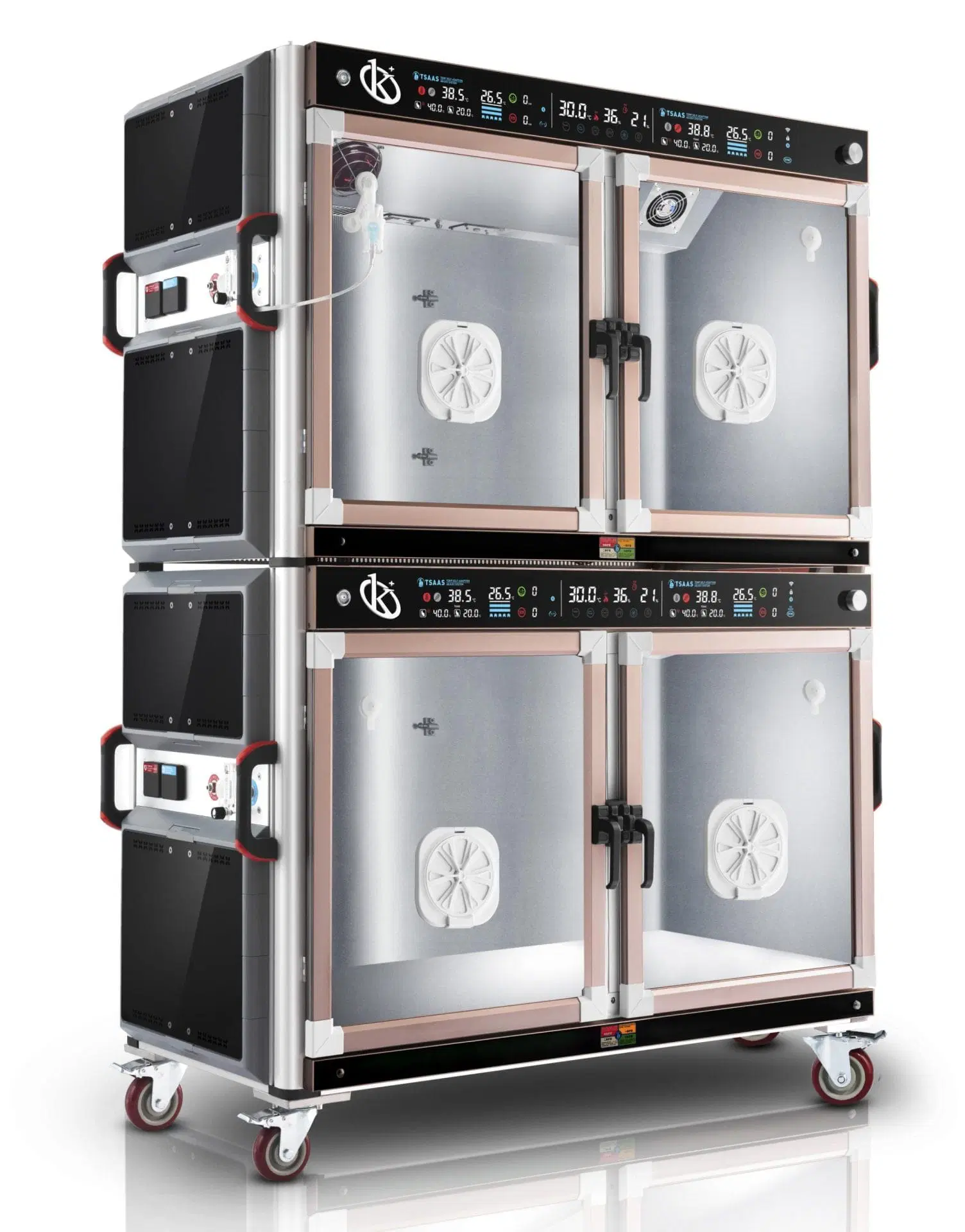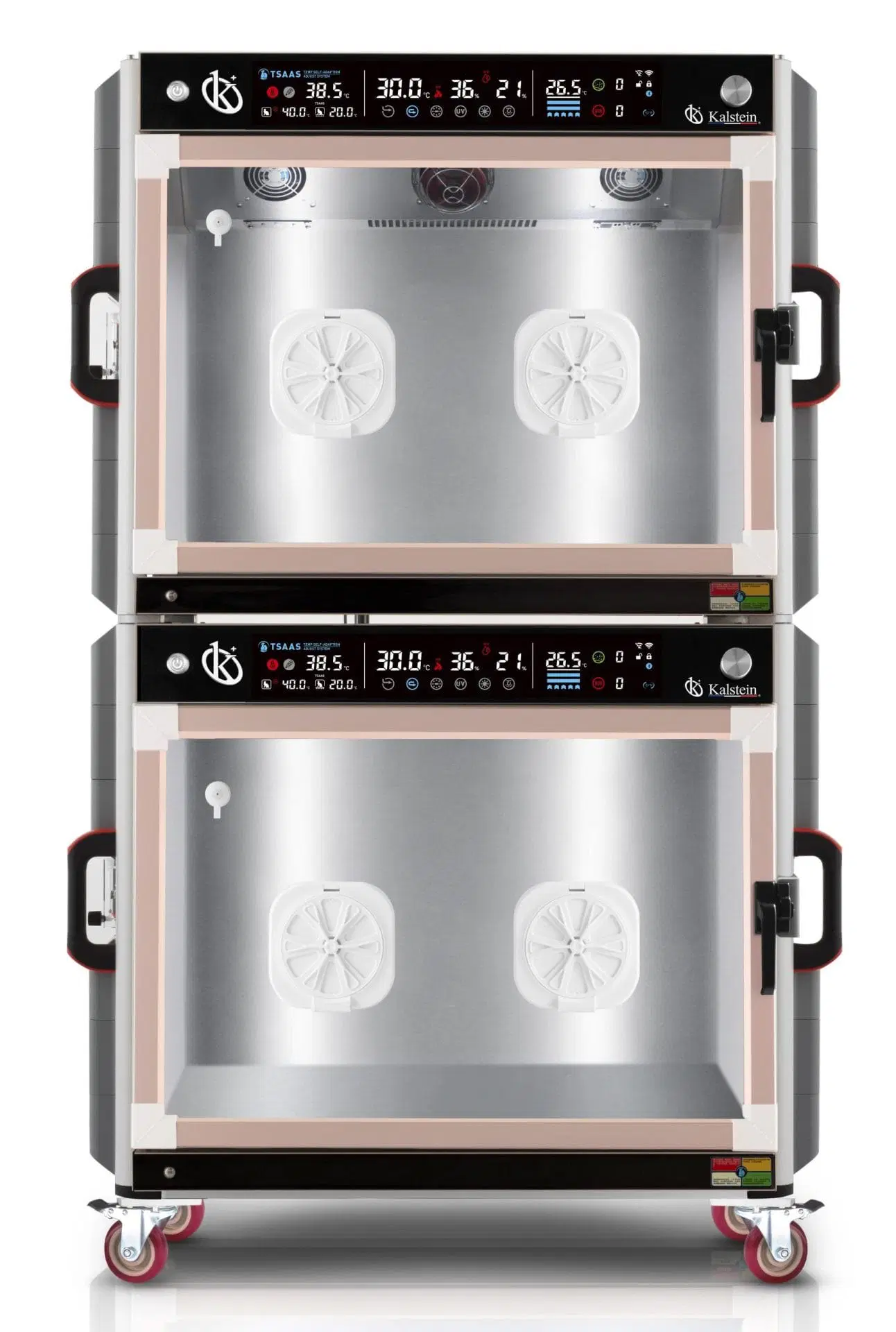In the biological field, there are a lot of tests and research techniques that need the proper devices and instruments in order to get reliable results. Whether is a medical laboratory or a chemistry one, their inventory has to be perfectly stocked with the highest technology available, so that they perform samples and researches with trust-worthy results.
One of the most essential procedures in an every-day routine inside a lab is DNA and RNA analysis through electrophoresis. DNA stands for deoxyribonucleic acid, while RNA is ribonucleic acid. Although DNA and RNA both carry genetic information, there are quite a few differences between them. DNA has a Long-term storage of genetic information and transmission of genetic information to make other cells and new organisms. On the other hand, RNA transmits genetic information in some organisms and may have been the molecule used to store genetic blueprints in primitive organisms.
Electrophoresis Technique
Electrophoresis is the migration and separation of charged particles relative under the influence of a spatially uniform electric field. Electrophoresis of positively charged particles (cations) is also called cataphoresis, while electrophoresis of negatively charged particles (anions) is anaphoresis. Electrophoresis is used in laboratories to separate macromolecules based on size. This separation occurs because of the differences in size, shape, sharp and temperature that affect the velocity.
As a technique, the electrophoresis allows separating molecules according to the size. The technique applies a negative charge so proteins move towards a positive charge. Electrophoresis is used for both DNA and RNA analysis.
During the electrophoresis process, two electrodes are immersed in two buffer chambers. But these chambers are not separate completely: charged particles can migrate from one chamber to the other. Ions migrate at different speeds depending on the size and the number of charges.
Electrophoresis is one of the most common techniques in the field that offers DNA and RNA analysis. This technique is used in laboratories in order to separate macromolecules based on size. The technique applies a negative charge so proteins move towards a positive charge. In addition, through an electrophoresis system is possible to perform tests to a plasmid, being this a good advance in terms of understanding why bacteria become resistant to antibiotics.
Mini-Electrophoresis system
Kalstein’s mini-electrophoresis system is designed for RNA and DNA analysis. That is why we are offering you two models, the YR401 and YR402. The only difference between those two models is their input power, being the first AC100~120V 50~60Hz and the second one AC100~240V 50~60Hz. These are compact, lightweight and easy to operate electrophoresis system. Both models have a magnetic sensor that allows current to flow to the electrodes only when the lid is in place. If the lid is removed while the system is operating, it will shut down immediately. It is ideal for many applications, including Northern and Southern blotting, cosmid library-restriction analysis, microsatellite analysis, PCR fragment analysis, DNA fingerprinting and high-throughput analysis. See our product: HERE


